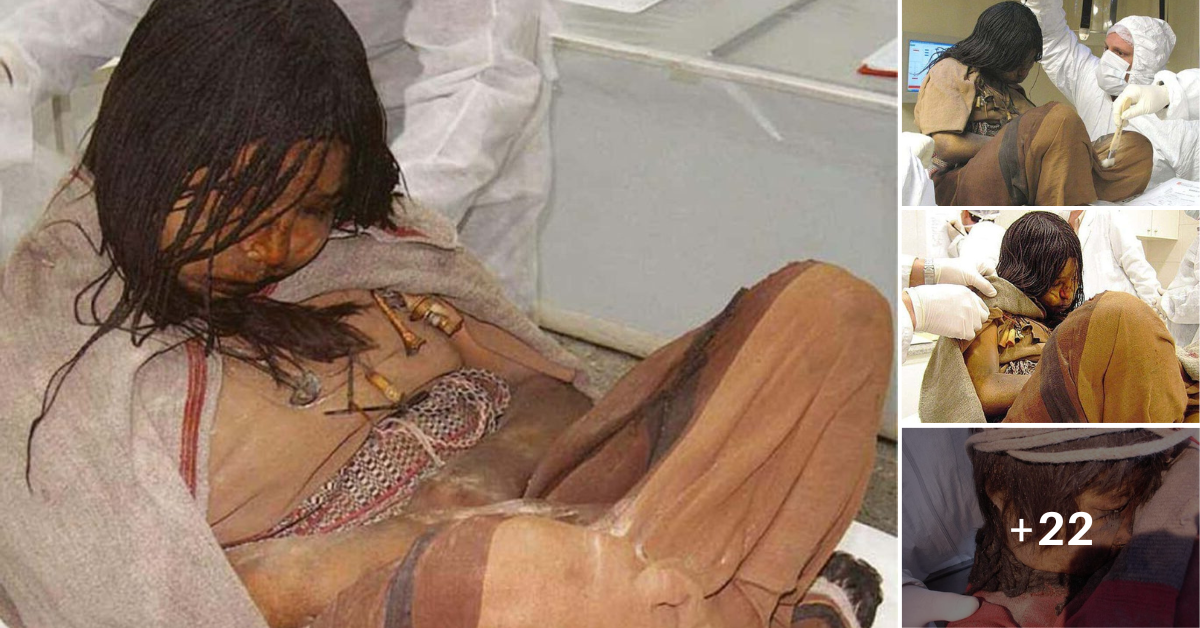Three 500-year-old mummies were discovered on the summit of the Llullaillaco Volcano on Chile’s border with Argentina in 1999. They were youngsters. The eldest, known as the Ice Maiden, was only 13 years old; the other two, a boy and a girl, were thought to be four or five years old.
The Llullaillaco mummies are an interesting discovery for the scientific community because they give information on the ancient tradition of Incan sacrifice. All three were most likely killed in a ritual known as Capacocha, in which they were sacrificed to the Sun God. Their remains were astonishingly well preserved; the cold, thin air of the high highlands naturally converted them into frozen mummies. They appeared to have simply dozed off.
The three mummies are on exhibit in Salta, Argentina: the Maiden, the Llullaillaco Boy, and the Lightning Girl (so named because she looks to be hit by lightning). They continue to provide details about the interesting and sad life they spent in the old Incan Empire.
The Mountaintop Conditions Were Perfect For Preserving The Children’s Bodies
The three toddlers apparently froze in their sleep just short of Mount Llullaillaco’s 22,000-foot summit. Unlike other mummies from across the world, neither natural or man-made compounds were utilized to preserve the remains. The frigid temperatures and extremely dry, thin air alone kept the tissues intact. Their bodies had effectively frozen.
The children are among the world’s best-preserved mummies. The hair, skin, facial characteristics, blood, and internal organs of the remains are completely intact, giving scholars with a treasure of information about the lives of the Incan sacrifices.
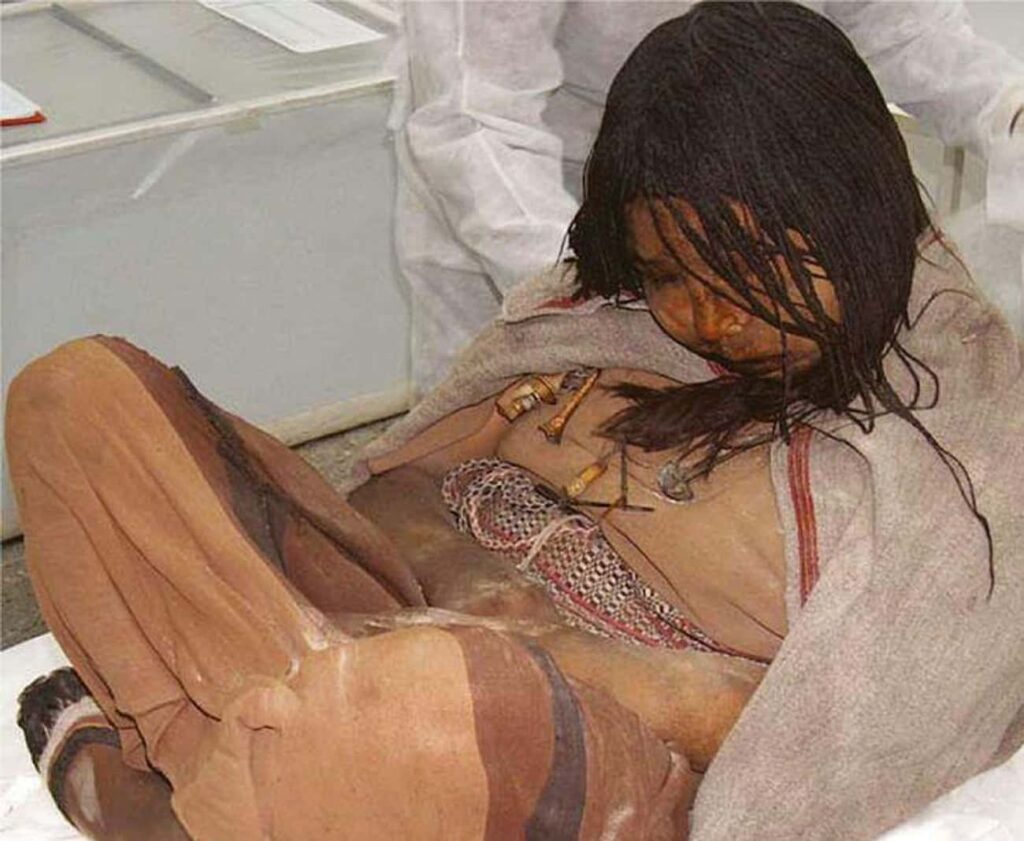
All Three Children Showed Signs Of Drug And Alcohol Use
According to experts, the children, particularly the elder daughter, spent their final year in Cusco, Peru, the capital of the Incan Empire. She spent the previous year preparing for her journey to the mountain by “weaving fabrics and brewing chicha.”
Chicha, a corn-based drink, and the coca leaf, from which cocaine is derived, were both popular in Inca civilization. Both, however, were prohibited drugs that were not accessible to the general public. Hair tests revealed that the children’s intake of chicha and coca grew dramatically in the year before their deaths.
This was especially true for the 13-year-old girl, who had surges in usage around six months before her death, and then again in the month before the tragedy.
Experts believe the liquor and drugs were either part of the festivities they attended or were used to sedate the youngsters during the sacrifice. A coca package was also discovered in the girl’s mouth, which may have served to calm her in her chilly grave.
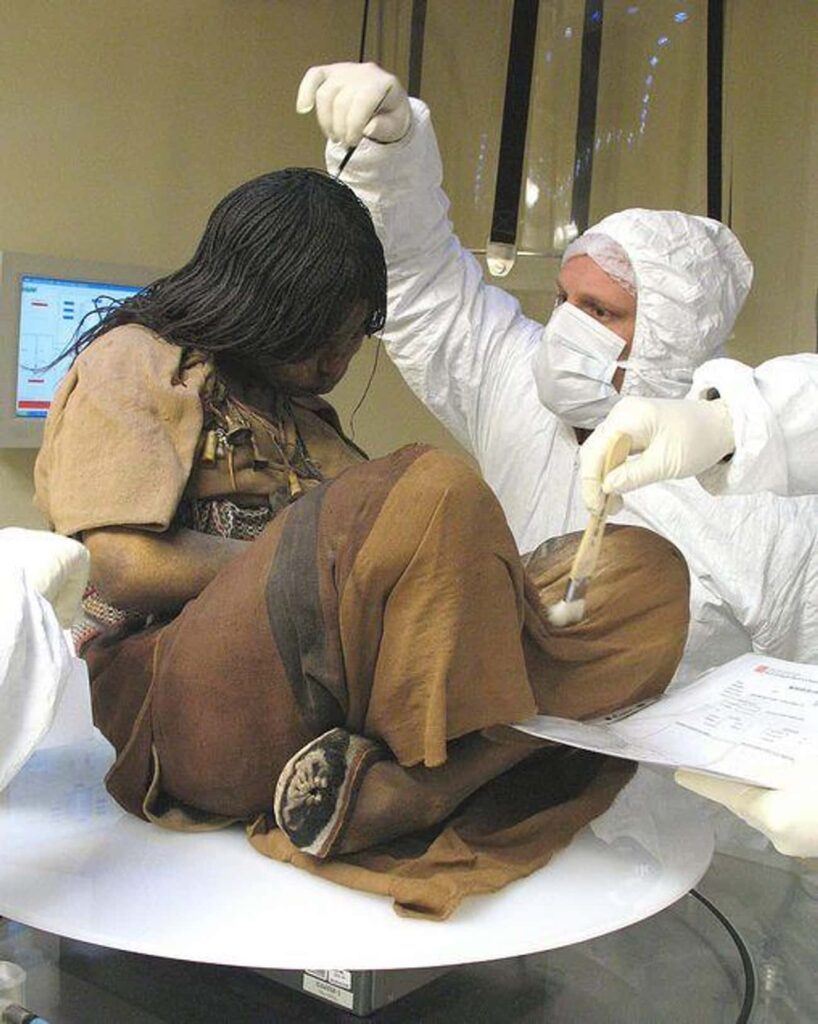
Using Hair, Researchers Gained A Wealth Of Information About The Mummies’ Former Lives
The discovered 13-year-old Ice Maiden’s lengthy, beautifully braided hair provided significant evidence to experts. Hair serves as a record of what is happening in a person’s life. Scientists investigating the Llullaillaco mummies were able to piece together a timeline of the children’s final year of life because it grew at a steady rate of roughly one centimeter every month.
An examination of the children’s hair indicated what they ate, with their diets shifting to include higher-end items such as beef and maize (corn). It also revealed that their consumption of chicha (corn-based beer) and coca had grown, peaking at various intervals throughout the year. This was said to be tied to their participation at festivals before their sacrifice, as well as their preparation for death.

The three Llullaillaco mummies were not connected, although they may have had similar beginnings in life, according to research. According to some reports, all three children hailed from low-income families and rose to “elite rank” via their service to the empire.
According to some stories, the two younger children were already on a higher social level than the elder female, and were perhaps royals. Their elongated heads, which were most likely produced via purposeful head-wrapping, indicate their upper-class rank.
Whatever start in life the two younger children had, their duty in death appeared to be to act as attendants for the elder girl. Despite the fact that all three died in the Capacocha ritual, only the elder girl got obvious special attention prior to death. She was also the only youngster with complex braids, while the boy had nits in his hair.
The Llullaillaco mummies’ burial location was tranquil. The religious artifacts around the mummies remained untouched, and the children appeared to have fallen asleep. The younger girl was dubbed the Lightning Girl because lightning partially scorched her body long after her death, yet she most likely slept peacefully in the chilly tomb. The Llullaillaco Boy, on the other hand, could have struggled, especially because a little bit of blood was on his clothing.
Many of the Capacocha sacrifice sites are violent, and not all are calm. “Either they did it perfectly, in terms of honing the procedures of making this sort of sacrifice, or these youngsters went much more silently,” says forensic and archeological specialist Andrew Wilson.

The Children Looked Like They Were Sleeping, Unnerving Researchers
Scientists frequently work with bones, dried flesh, and features that no longer resemble human faces when they work with mummies. However, with the Llullaillaco mummies, researchers worked with remains that appeared to be alive. Dr. Gabriel Miremont, director of the Museum of High Altitude Archaeology, told the New York Times that working with the three youngsters seemed “almost more like a kidnapping than archeological labor.”
In a 2013 interview, archeological expert Andrew Wilson also commented on the astonishingly well-preserved bodies:
That, I think, is what makes this so terrifying. This isn’t a dried-up mummy or a collection of bones. This is a human being; this is a child. And the information obtained from our research points to some tragic messages regarding her last months and years.
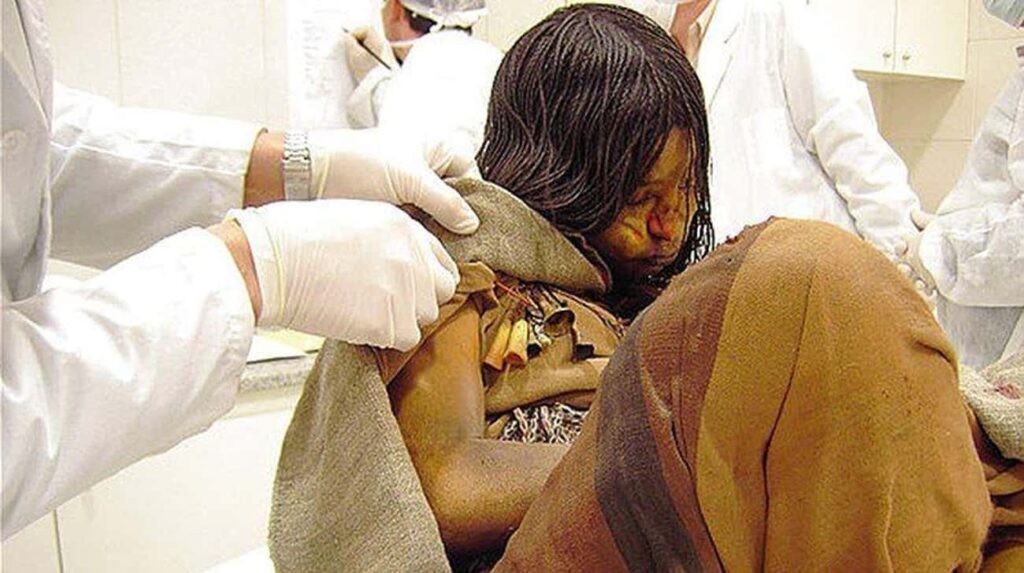
It May Have Been An Honor Among The Inca To Be Selected For Sacrifice
According to research on the three mummies, the children may have led ordinary lives inside the Incan Empire until the elders chose them to acquire higher status via ritual sacrifice. Although the modern thinking considers the loss of a child to be a tragedy, the ancient Incas apparently felt proud if their child was one of the few chosen to serve as a sacrifice.
According to some analysts, the sacrifices had a religious function as well as a sort of psychological control. It was extremely disrespectful if parents showed any symptoms of sadness following the selecting of their children.

Although the alpine climate was excellent for the preservation of human corpses, the Incas had a different reason for utilizing the Andes peaks as sacrifice locations. The mountains were a very important area for them since their religion focused around the Sun God, Inti, and the summits were the closest they could go to the sky.
The Incas endured extreme and dangerous weather conditions at high altitudes to deposit human sacrifices, which were later supposed to be angelic creatures looking over the empire, ensuring safety and prosperity across the empire.

The Incan Empire’s core was in Cusco, Peru, but by the time of the children’s sacrifice, it had spread up and down South America’s west coast. Before their sacrifice at the Llullaillaco Volcano, the children would have visited various festivities around the empire. The volcano is located on the boundary of modern-day Chile and Argentina, in one of the Incan Empire’s most southern regions.
Some analysts think that as the empire’s frontiers extended, the authorities wished to send a statement. As demonstrations of the Incan Empire’s strength, the child sacrifices led to a “climate of terror.”
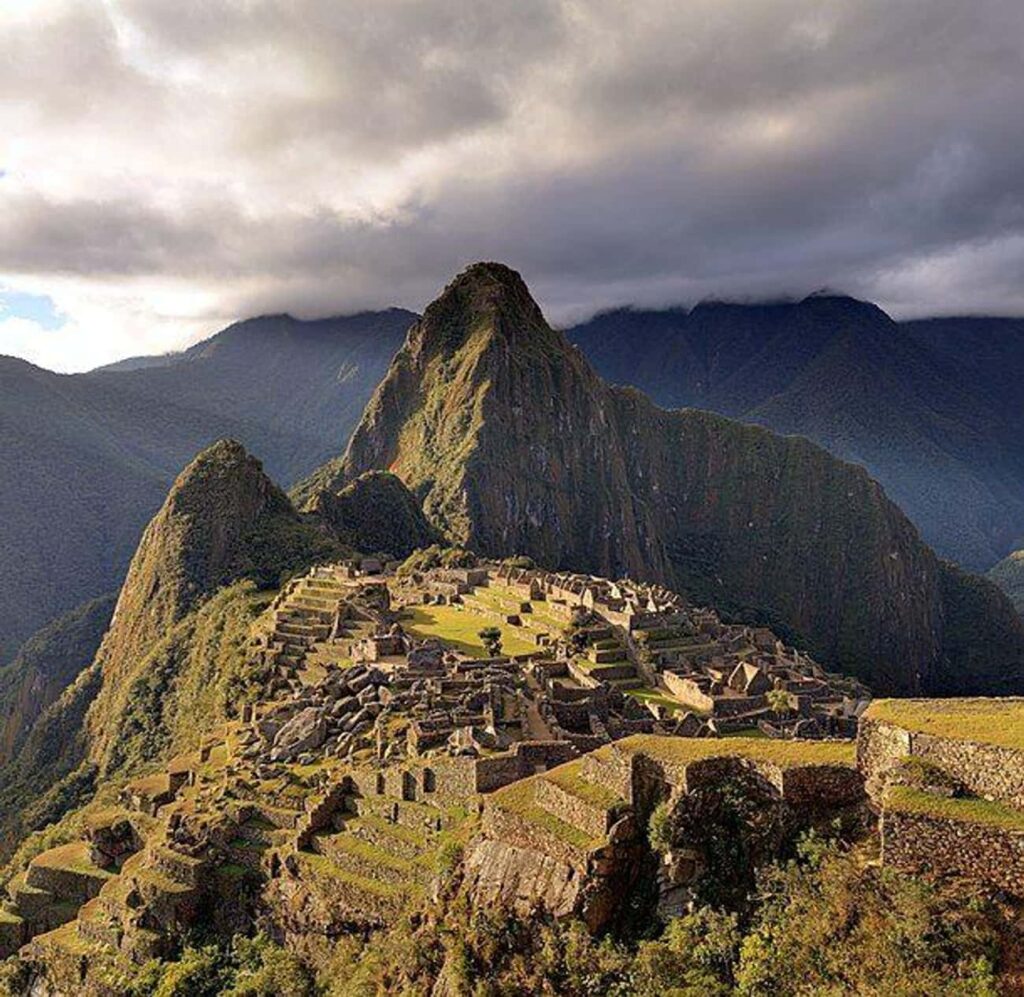
These Three Children Were Not The Only Ones Frozen In The Mountains
The Ice Maiden, Lightning Girl, and Llullaillaco Boy are among the best-preserved archeological artifacts in the world, yet they were not alone on the Andes peaks.
Within the Incan Empire, there were over 100 additional cemeteries or sacrifice sites, featuring mummies in varied degrees of preservation. One mummy known as “Juanita” (Queen of the Hill) was discovered in 1995, while another known as the “Reina del Cerro” (Queen of the Hill) circulated around private collectors for decades after its first discovery in the 1920s.
These mummies are housed in the Museum of High Altitude Archaeology in Salta, Argentina, with the three Llullaillaco children.
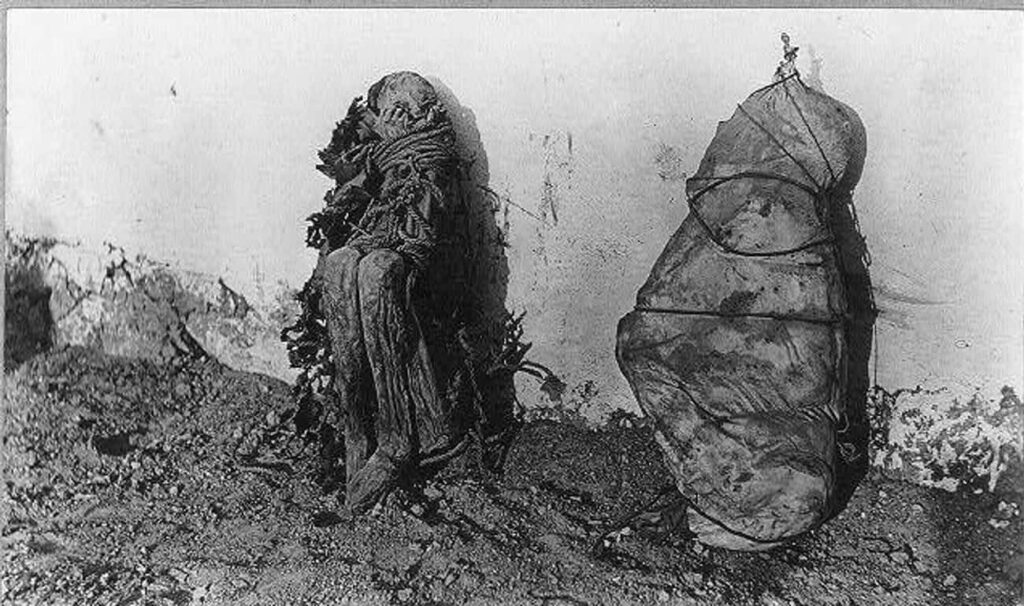
South America is prone to significant earthquakes, making it difficult to store extremely sensitive mummies. The mummies, which are kept in climate-controlled conditions, might decay swiftly if the facility loses electricity.
The Museum of High Altitude Archaeology took several precautions to keep the mummies’ cases from being damaged by power outages. There are three backup generators at the museum. In the event of a more pressing situation, the governor’s jet is available to transport the mummies anyplace there is a stable supply of electricity.
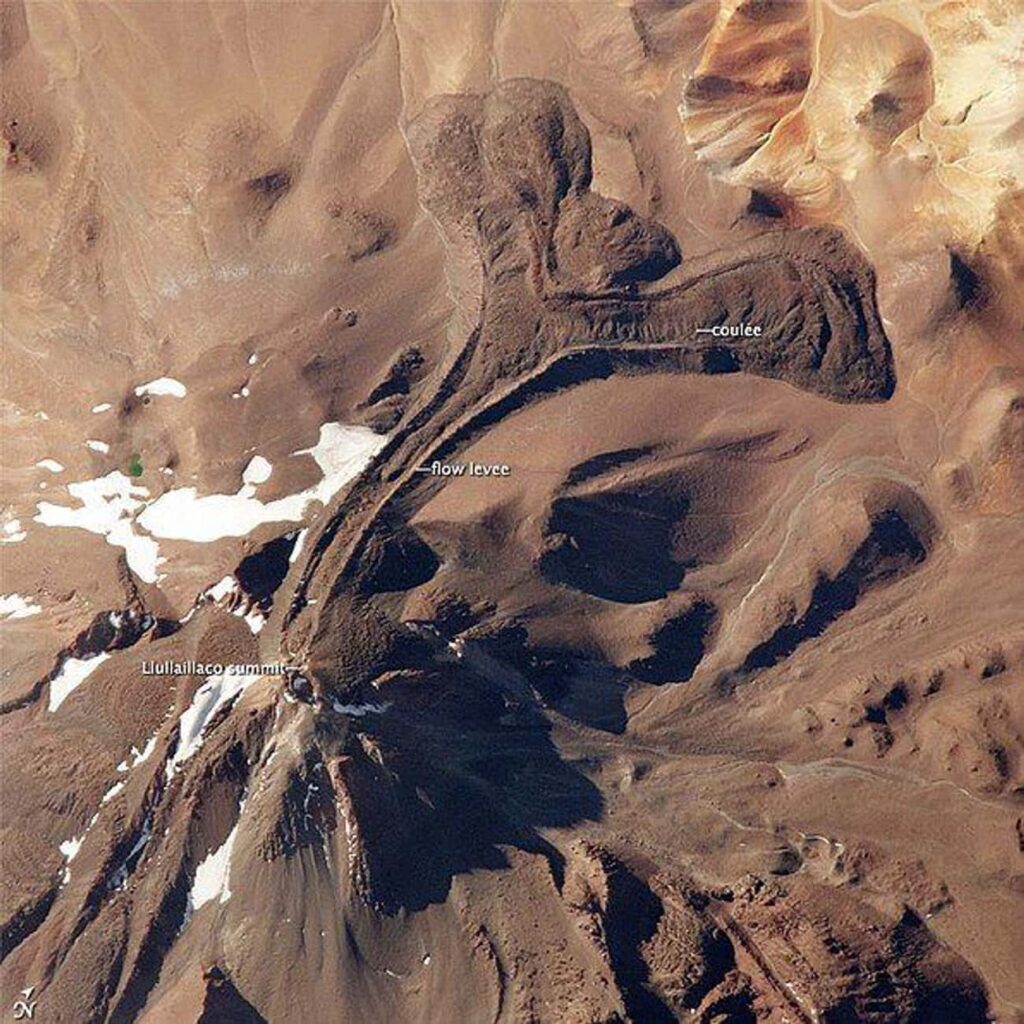
The three mummies are now housed at Salta, Argentina’s Museo de Arqueologa de Alta Montaa (Museum of High Altitude Archaeology). Their exhibits required much planning, especially because the mummies are so delicate and precious to both science and the local culture. The museum chose a display that incorporates the mummies’ physical demands as well as the respect they feel these hallowed remains deserve.
The displays for the corpses (typically only the 13-year-old girl’s, while the other two stay in storage) are tube-like containers with temperature controls. Because many people are disturbed by the sight of dead bodies, the curators arranged the display to be completely black until someone wishes to see the body and turns on the light.
The display has been respectful to the Incan culture from its inception. Dr. Gabriel Miremont, the museum’s director, noted in an interview that the display was launched discreetly for a reason: the bodies were once real people, and while it was a thrilling occasion for scientists, it was not “a circumstance for a celebration.”

